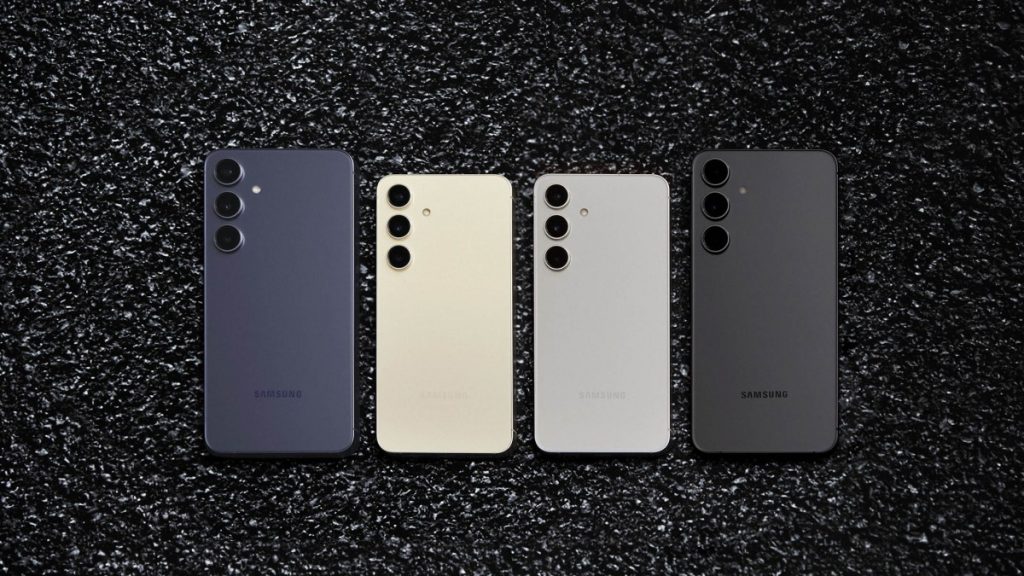In a strategic move, Samsung is adopting a dual-chipset strategy for its upcoming flagship phones, the Galaxy S24 and S24+. This innovative approach caters to different markets, ensuring optimized performance based on regional preferences. Let’s delve into the details of this groundbreaking development.

Chipset Divergence Across Markets: This year, the Galaxy S24 and S24+ will witness a notable divergence in chipsets depending on the market. Markets such as South Korea, the US, and China will be treated to the powerful Snapdragon 8 Gen 3, while other regions will showcase Samsung’s in-house Exynos 2400 chipset. The S24 Ultra, on the other hand, will boast the Snapdragon 8 Gen 3 globally, solidifying its position as a top-tier device.
Comparing Samsung and Qualcomm’s Flagship Chips: Both Samsung and Qualcomm’s flagship chips present compelling features on paper. With Cortex-X4 prime cores, Cortex-A720 big and medium cores, and A520 efficiency cores, all based on the ARMv9 architecture, these chipsets promise top-notch performance. The Exynos chip, however, differentiates itself with lower clock speeds on all cores and the inclusion of two extra Cortex-A520 efficiency cores at 2.0GHz speeds.
Manufacturing Distinctions: The manufacturing processes also play a crucial role in performance. The Exynos 2400 is crafted using Samsung Semiconductor’s cutting-edge 4nm LPP+ process, while the Snapdragon 8 Gen 3 is manufactured on TSMC’s N4P node.
Comparative Performance Metrics: Breaking down the specifications, we see differences in clock speeds and core configurations between the Snapdragon 8 Gen 3 and Exynos 2400. While Snapdragon’s historically outperformed Exynos in terms of performance and battery endurance, the unique characteristics of the S24 generation’s chipsets introduce an exciting element of unpredictability.
Anticipating Superior Performance: Historically, Snapdragon-equipped Galaxy phones have set the bar high for performance and battery endurance. As we await the release of the S24 generation, the question looms: will Snapdragon once again take the lead, or will Exynos redefine the standards?
In Conclusion: The Galaxy S24 and S24+ are poised to offer users a dynamic and tailored experience, thanks to Samsung’s thoughtful approach in integrating distinct chipsets. As the smartphone landscape evolves, the battle between Snapdragon and Exynos unfolds, promising an exciting chapter in the ongoing quest for superior mobile performance. Stay tuned for our comprehensive review once these devices hit the market.